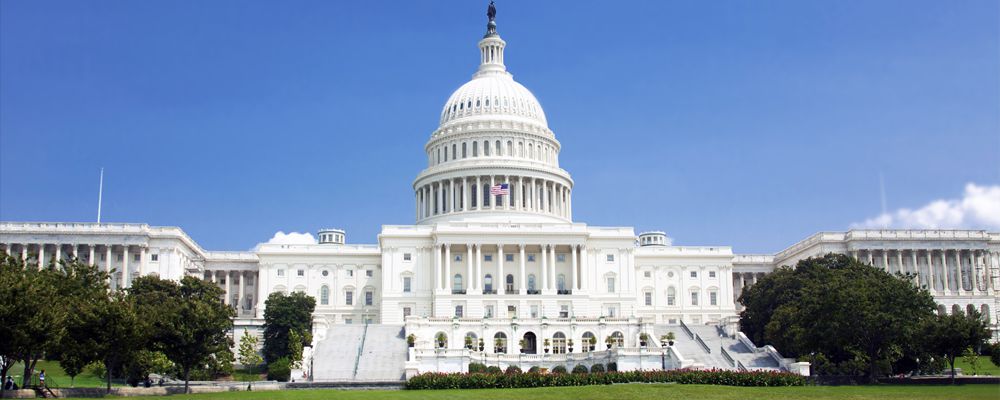A changing world
- Tuesday, December 18, 2018
 The world has come a long way since the collapse of Lehman Brothers in September 2008. Regulators have overhauled the rules of banking and brokering in an attempt to correct the imbalance that triggered the financial crisis. But ten years later, the asset value rally has covered over distortions and debt levels are far higher than back in 2008.
The world has come a long way since the collapse of Lehman Brothers in September 2008. Regulators have overhauled the rules of banking and brokering in an attempt to correct the imbalance that triggered the financial crisis. But ten years later, the asset value rally has covered over distortions and debt levels are far higher than back in 2008.
Financial markets enjoyed the high tide of liquidity and cheap money as central banks slashed rates to unprecedented lows, pushing up real assets values and causing negative cash returns. This was the outcome of quantitative easing (QE).
A decade of quantitative easing has meant that markets have invariably outperformed the underlying economy. Now, as quantitative tightening (the withdrawal of monetary stimulus) develops, markets may start to underperform economies. The narrow nature of recent stock market growth is also a concern as the best stock returns in 2018 were mainly concentrated in the US and in particular the tech sector which fell the heaviest in the October and November correction.
There are signs that parts of the US economy are overstimulated which is a late cycle dynamic. The labour market is at its strongest for 49 years. Inflation and wage growth have remained contained, but they are starting to pick up with inflation in October at 2.5% and wage growth at 3.1%.
Donald Trump’s tax breaks are expected to fuel growth in the US economy throughout 2019, but as the Fed gets increasingly concerned about the economy overheating, it is likely to stick to its plan to raise interest rates at a rate of 0.25% per quarter. We expect one further rate rise in December 2018 and two or three more in 2019. This rate of interest rise might, as we saw in October, prove too much for the US economy as well as the rest of the world.
At some point, the Federal Reserve Chairman Jerome Powell may need to reassess his plan particularly considering the negative impact on emerging markets of tighter US$ liquidity. In late November he did appeared to soften his tone about future rate rises while continuing to defend the Fed’s plans for gradual increases. Mr Powell said “There is no pre-set policy path. We will be paying very close attention to what incoming economic and financial data are telling us.” Markets have taken this to mean that the Federal Reserve may not implement all the rate rises they have given forward guidance on. US stock markets lifted over 2% on this news.
Thanks to globalisation, economies are more interlinked than ever before. However, trade frictions have escalated mainly through the initiation of Donald Trump and his ‘America First’ policy. Geo-political risks have risen and emerging markets are under pressure from high US$ values and US$ denominated debt repayment. There also exists a divide in the influencers of global growth from China and global money supply from the US Federal Reserve.
China was not expecting to contest a trade war with the USA at a time that it was also seeking to manage debt and move to domestic consumption as its main economic driver. Beijing has been seeking to soften the impact of the trade tariffs by injecting money into the Chinese banking system, encouraging bank lending, reducing interbank interest rates as well as cutting personal income tax. Despite this action China, has officially reported its slowest quarterly growth rate since 2009. The official figures in September fell from 6.7% to 6.5% year on year growth. While the official figures are met with some scepticism they are a useful indicator of direction. While a deceleration in the economy is a concern, a 6.5% GDP growth rate is still a healthy pace.
Tighter monetary policies in the US and slowing growth in China are putting pressure on emerging markets including currency depreciation. Countries with high debt to GDP ratio’s and weak current accounts like Turkey, Argentina, South Africa and Indonesia will be particularly vulnerable.
There are several potential triggers for the next equity correction similar to that in October. An over-reactive Fed could kill off the bull market but so far other than October’s reaction, markets have taken each previous rate rise in their stride. A European credit crunch around the Italian banks looks as if it has been contained, and the US – Chinese trade dispute has entered a new phase as discussions between President Trump and President Xi Jinping at their meeting in Buenos Aires for the G20 summit on 1st December proving beneficial to world trade.
Many analysts think that the current economic cycle may have further to run and that the end of the cycle may still have more time to play out than currently expected. However, investors do need to be aware of a change and therefore asset allocation needs to reflect both the requirement for growth as well as the protection of capital values as the world economy comes to the end of this growth cycle.
Thanks to globalisation, economies are more interlinked than ever before.

Chris Davies
Chartered Financial AdviserChris is a Chartered Independent Financial Adviser and leads the investment team.
About Estate Capital
Financial Services
Our Contacts
7 Uplands Crescent,
Swansea, South Wales,
SA2 0PA.
Tel: 01792 477763
